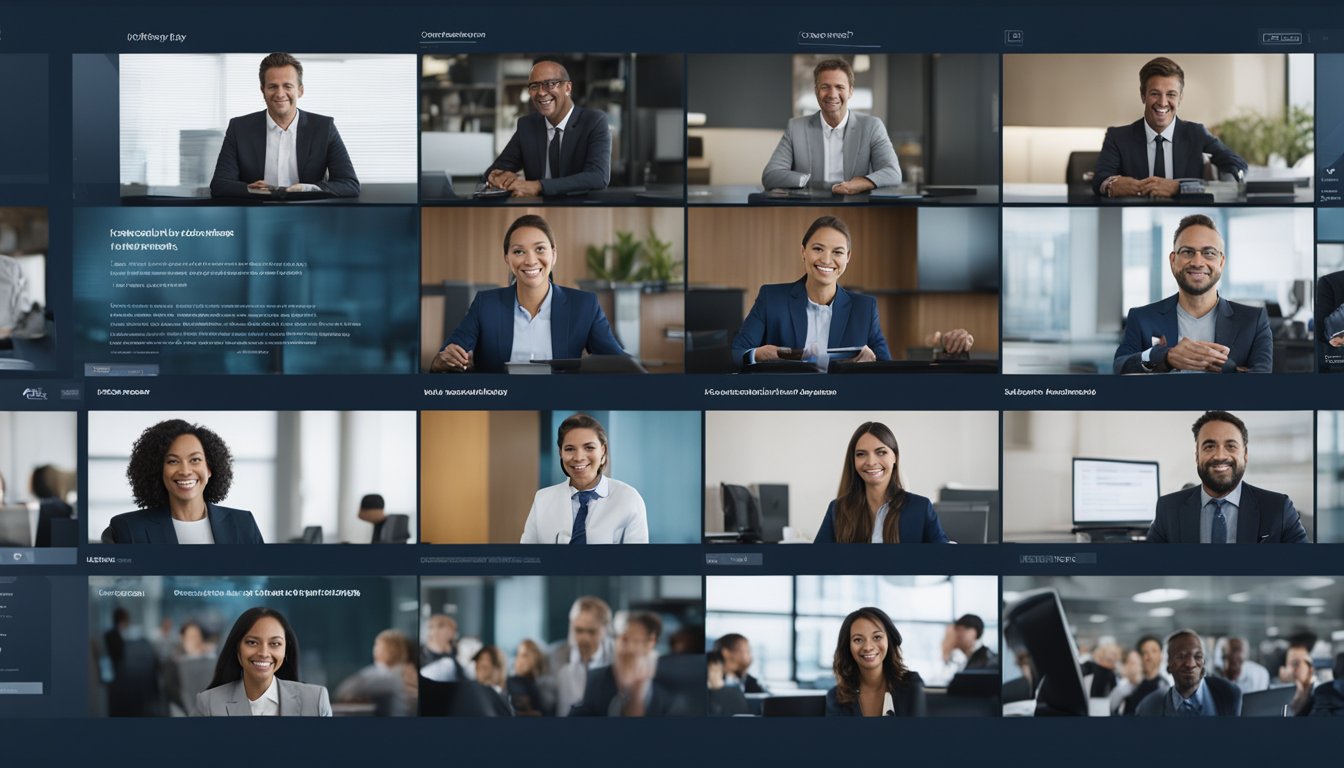Conference calls have become an essential tool for modern communication, particularly in the business world. They enable individuals and teams to discuss and collaborate from virtually any location with internet or telephone access. This efficiency in connecting multiple parties without the need for physical travel fosters timely decision-making and can contribute to significant cost savings.

While traditionally used in corporate environments, conference calling has also expanded into other realms such as education, healthcare, and personal use. Advancements in technology have equipped conference calls with features like screen sharing, video conferencing, and real-time document collaboration, enhancing interactivity and productivity during remote meetings.
Selecting the right conference call service is critical to ensure clear audio and video quality, reliable connections, and easy access for participants. Providers offer a range of services tailored to meet various needs, from basic audio conferencing to full-scale webinar hosting with hundreds of participants. Users must consider factors like the size of their team, the frequency of calls, security requirements, and budget when choosing a conference call platform.
Conference Call Fundamentals

Conference calls are a critical component in modern communication, especially for businesses. They offer a platform for remote meetings, collaboration, and decision-making.
Types of Conference Calls
Conference calls can be divided into two primary types based on their functionality and purpose:
- Audio Conference Calls: These calls involve participants joining via telephone or computer to partake in a purely vocal conversation.
- Video Conference Calls: These calls add a visual element through webcams or dedicated video conferencing equipment, allowing for face-to-face interaction and screen sharing capabilities.
The choice between audio and video conferencing depends on the needs of the participants and the specifics of the meeting content.
Technical Requirements
For a successful conference call, participants must meet certain technical requirements:
- Stable Internet Connection: A reliable high-speed connection is critical to ensure smooth audio and video quality.
- Conferencing Software/Hardware: Depending on the type of call, specialized software or hardware may be necessary, such as conferencing applications or dedicated phones.
- Compatible Devices: Participants require devices capable of running the chosen conferencing solution, such as a smartphone, tablet, or computer.
Access to proper equipment and a stable connection is essential to minimize technical disruptions during a conference call.
Etiquette and Best Practices
Conducting oneself professionally on a conference call ensures efficient and respectful communication:
- Be Punctual: Joining the call on time is respectful to other participants and maximizes the meeting’s effectiveness.
- Stay Muted When Not Speaking: To avoid background noise disruption, participants should mute their microphones when they are not actively speaking.
- Prepare in Advance: Coming prepared with all necessary documents and having familiarized oneself with the agenda helps maintain a focused and productive discussion.
Adherence to these etiquettes and best practices can greatly impact the quality and outcome of a conference call.
Advanced Conference Call Features
This section outlines several advanced features that enhance the functionality of conference calls for participants and hosts alike, focusing on interactivity, security, and convenience.
Screen Sharing and Collaboration Tools
Screen sharing allows participants to present documents, presentations, or applications in real-time during a conference call. Collaboration tools may include interactive whiteboards, remote control capabilities, and file sharing options, all designed to facilitate a more engaging and productive meeting environment.
Recording and Playback Functionality
Conference calls can be recorded for later review or for those who are unable to attend the live session. The playback functionality often includes searchable transcriptions, allowing users to locate specific parts of a call with ease. Participants can often download recordings or access them via a secure link.
Security and Access Controls
To ensure confidentiality and data protection, conference call platforms implement advanced security measures. These may involve end-to-end encryption, user authentication, and the ability to set access controls. Hosts can manage participant entry through passwords, waiting rooms, or entry announcements.
Integration with Other Platforms
Many conference call services offer integration with popular calendar applications, productivity suites, and CRM platforms. This connectivity streamlines the scheduling and management of calls, allowing users to initiate or join meetings directly from other applications they use daily.
